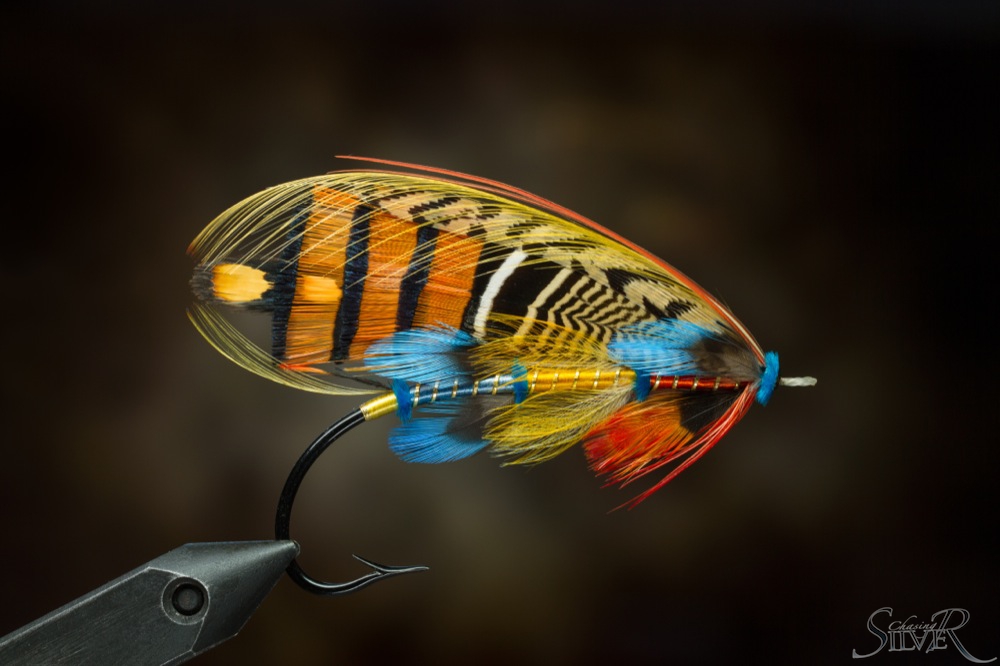
Here are some photos of a collection of classic Salmon flies tied by Mr. Toni Kakkuri. Toni is an internationally recognised Finnish fly tier. Unfortunate he doesn’t compete anymore, but he still ties flies for his living.
Back in the days of attending fly tying competitions Toni won a gold medal in the World Championships, two gold medals and three bronze medals in Finnish Championships, and from Irish Open he gained two golds, four silvers and two bronze medals. As an icing in the cake he belongs to the FQSA fly tiers Hall of Fame. In addition to being successful competitor Toni has been judging in the FQSA World Championships of fly tying – the single European ever nominated for a judge position. His web page is at www.kakkuri.fi. Have a look (and use Google translator to encrypt Finnish J).
Enjoy the beauty of the Classic Salmon Flies!
[fbls]












































































































